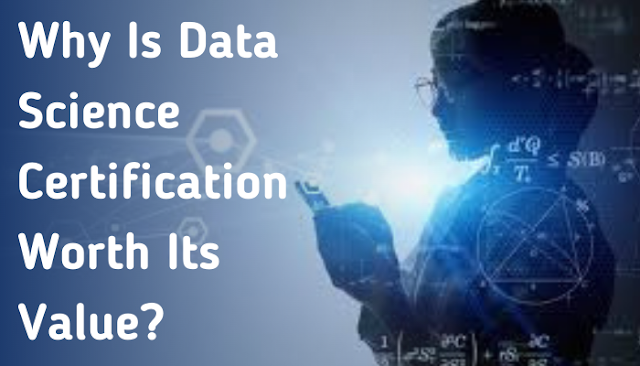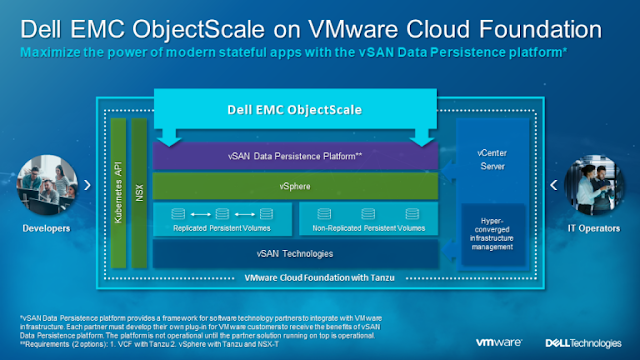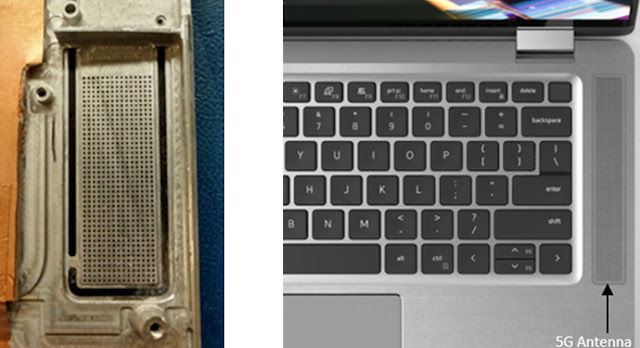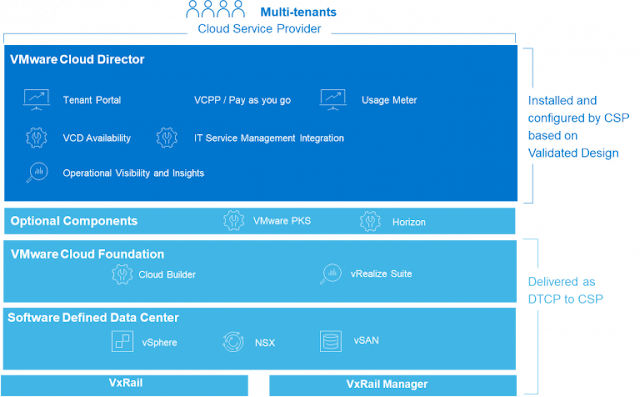Introducing The Latest VMware Cloud on Dell EMC
Today, organizations are busy managing their data and applications in a variety of cloud environments – private, public, and increasingly at the edge. They are also navigating the complexities of large remote workforces. Dell Technologies and VMware introduced the Dell Technologies Cloud Data Center as-a-Service, VMware Cloud on Dell EMC, almost two years ago to combine the benefits of security and performance of on-premises infrastructure with the speed and ease of use of public cloud. VMware Cloud on Dell EMC delivers cloud infrastructure as-a-service to datacenter and edge locations and provides consistent operations between multiple cloud environments. This is made possible by bringing together the VMware Cloud experience on the Dell EMC VxRail hyper converged platform. This solution is co-engineered by Dell Technologies and VMware, with on-going services managed by VMware.
VMware Cloud on Dell EMC has seen several significant enhancements since it first came to market. In our previous release, we announced support for advanced enterprise workloads, enhanced customer experience, and support for Dell Technologies PowerProtect portfolio. As always, we continue to listen to the feedback our customers give us, and consistently seek to bring them greater value. Therefore, I’m excited to share with you the latest capabilities our customers have been asking for. Our newest enhancements focus on enabling Kubernetes deployments, enhancing remote workforces, making it easier to achieve compliance for regulated industries, and more easily manage workload migrations. Here is a list of the newest capabilities available today:◉ Built for Tanzu Kubernetes Grid: Streamline operations across multi-cloud infrastructure and run Kubernetes distributions that are built on the open-source Kubernetes community. Have greater Kubernetes runtime consistency, simplified operations, enterprise management, and TKG clusters are portable, so they can run on vSphere or multi-cloud environments.
◉ Empower your remote workforce: VMware Cloud on Dell EMC is now certified with VMware Horizon, and is optimized for VDI workloads to deliver enterprise class security and compliance for your remote workforce.
◉ Updated industry certifications: Take your cloud journey with confidence, knowing that the newest updates included with VMware Cloud on Dell EMC support global and vertical industries with ISO, CCPA, EU GDPR, and SOC-2 certifications.
◉ Run data intensive workloads: A new extra-large node gives organizations the power to run even larger workloads thanks to 1.5TBs of memory along with NVMe storage capability.
◉ Enhanced workload management: Greater workload segmentation allows organizations to better optimize CPU and storage resources for each workload. Customers are given greater flexibility and can create up to 8 clusters in a single rack with 3 hosts in each cluster.
◉ Easier workload migration: Moving data from one location to another can be difficult, VMware HCX allows organizations to easily move workloads via their customer portal from legacy infrastructure, or to provide continuity between applications and workloads running in two locations.
Simply put, each of these features will empower organizations to focus on innovation and growth and less on managing their cloud day to day. This latest version of VMware Cloud on Dell EMC is here to benefit your organization by improving your cloud experience and doing it with greater control and peace of mind.
Source: dellemc.com
























